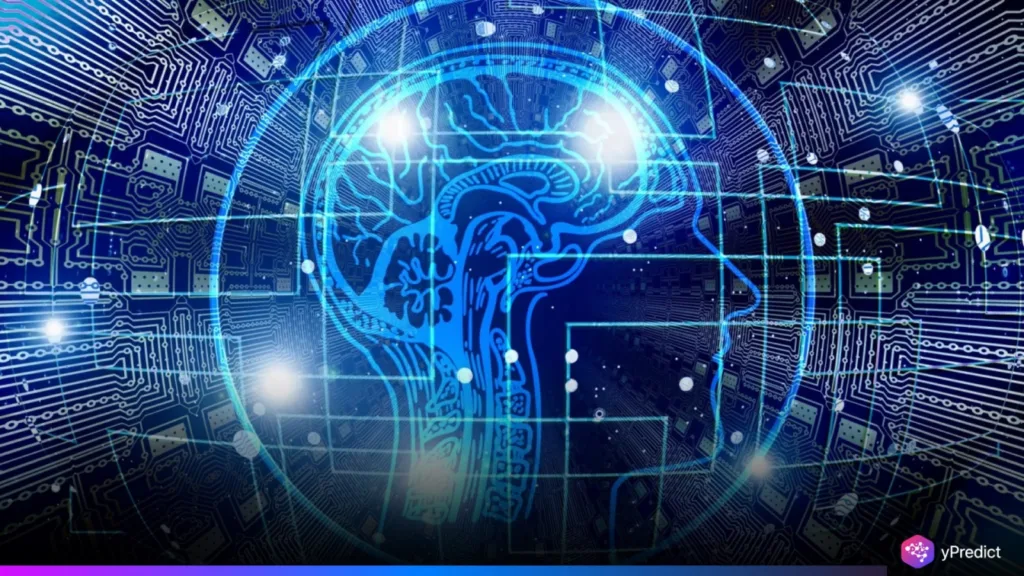
Artificial intelligence is consuming power at an astonishing pace. MIT experts say computing centers already use 4% of U.S. electricity, and projections suggest that figure could triple by 2030. AI training, image generation, and data processing are demanding so much energy that some fear it could overwhelm the power grid. One ChatGPT session uses as much electricity as charging a phone; creating a single image consumes the cooling power of a bottle of water. As the scale of AI operations explodes, researchers warn we’re reaching an energy inflection point, with AI itself both driving the problem and holding the potential solution.
Peril and Possibility
The irony is too difficult to overlook. The energy consumption of AI is swelling, but there is also the potential that AI is going to transform how we waste it, produce it, and manage it. This tension was explored by key people in Google, IBM, and the U.S. Department of Energy at the Spring Symposium at MIT. Power grids are being optimized with AI, clean energy is being developed faster, and consumers are becoming greener through the use of AI. The AI route planning of Google Maps has already eliminated 2.9 million metric tons of CO₂ emissions. Meanwhile, the AI demands as much energy as operating data centers.
Such regions as the central U.S. can provide more affordable clean electricity, although a combination of batteries and long-duration storage, as well as nuclear, will be needed to scale down to zero-emission operations. MIT’s researchers say the real opportunity lies in applying AI to everything from power grid modeling to materials science. AI-supervised systems can rapidly discover new battery chemistries or predict the most efficient solar materials. But experts warn about Jevons’ paradox: the more efficient AI becomes, the more we may use it. That’s why many believe AI’s energy future must be managed with the same intelligence it promises to deliver, because the tech that causes the strain may also be our smartest fix.
Public Perception and Policy
What do people really think about the AI energy impact? A live poll at the symposium found that most attendees saw AI as more promise than peril, but many weren’t sure. MIT’s William Green called it “a potentially gigantic change,” one that needs urgent coordination between researchers, regulators, and industry. Attendees ranked grid integration and decarbonization as top priorities, highlighting growing awareness of the stakes. Lawmakers and tech CEOs are starting to pay attention, too. Sam Altman told Congress that AI’s future is tied directly to energy infrastructure. “The cost of intelligence,” he said, “will converge to the cost of energy.”
This is already pushing new investments in clean power, including nuclear. But others warn that rapid growth, without safeguards, could lead to bottlenecks and blackouts. Critics also caution against letting Big Tech dictate energy decisions. Emma Strubell of Carnegie Mellon warned that viewing computing power as unlimited invites waste. Instead, we should treat electricity like a scarce resource, choosing where and how AI is applied with purpose. The big question now isn’t just how much AI will grow, but whether that growth will align with climate goals. Managed wisely, AI could supercharge the clean energy revolution. Left unchecked, it might derail it.
Final Thought
So, is AI a problem or a solution? The answer seems to be both. It’s driving an explosion in energy demand but also unlocking new ways to reduce waste, accelerate renewables, and transform the grid. The real test will be how we govern it. If AI is the most transformative technology of our time, as many claim, then it must also come with transformative responsibility. The tools are here. The stakes are clear. What remains is the will to use AI not just to power machines, but to power a future that’s smarter, cleaner, and more sustainable for everyone.






